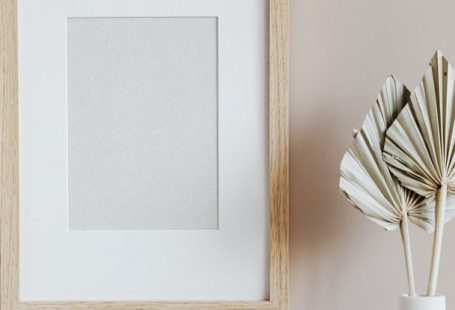Mold is a common problem that many homeowners face, especially in bathrooms. The damp and humid environment of a bathroom provides the perfect breeding ground for mold to thrive. Not only is mold unsightly, but it can also pose health risks and cause unpleasant odors. If left unchecked, mold can spread quickly and become a more significant issue. In this article, we will explore effective ways to deal with mold in the bathroom to keep your space clean and healthy.
Identifying the Problem
The first step in dealing with mold in the bathroom is to identify the problem areas. Mold typically thrives in areas with high moisture levels, such as around the shower, bathtub, sink, and toilet. Look for signs of mold growth, such as black spots, musty odors, or discolored grout. Pay close attention to hidden areas, such as behind the toilet or under the sink, where mold can easily grow unnoticed.
Preventive Measures
Prevention is key when it comes to dealing with mold in the bathroom. To prevent mold growth, ensure proper ventilation in the bathroom by using exhaust fans or opening windows to reduce moisture levels. Wipe down wet surfaces after showering or bathing to prevent mold from taking hold. Consider using a dehumidifier to keep humidity levels in check, especially in poorly ventilated bathrooms. Regularly inspect the bathroom for any leaks or water damage, as these can create ideal conditions for mold to grow.
Cleaning and Removing Mold
If you do find mold in your bathroom, it’s essential to take action promptly to prevent it from spreading. To clean mold from hard surfaces such as tile, grout, or countertops, mix a solution of water and white vinegar or hydrogen peroxide. Spray the solution onto the moldy areas and scrub with a brush or sponge. For stubborn mold stains, you can use a commercial mold remover following the manufacturer’s instructions.
For mold on porous surfaces such as drywall or wood, it may be necessary to remove and replace the affected material to fully eliminate the mold. In some cases, you may need to consult a professional mold remediation specialist to handle the job safely and effectively.
Precautions and Safety
When dealing with mold in the bathroom, it’s essential to take precautions to protect your health. Wear gloves, a mask, and eye protection when cleaning mold to prevent exposure to mold spores. Ensure proper ventilation while cleaning to avoid inhaling fumes from cleaning products. If you have a severe mold problem or are sensitive to mold, consider hiring a professional to handle the cleanup.
Maintaining a Mold-Free Bathroom
Once you have addressed the mold issue in your bathroom, it’s crucial to take steps to prevent it from returning. Regularly clean and disinfect the bathroom surfaces to remove any mold spores that may be present. Keep the bathroom well-ventilated and dry to discourage mold growth. Inspect the bathroom periodically for any signs of mold and address them promptly to prevent a recurrence.
In conclusion, dealing with mold in the bathroom requires a proactive approach to prevent its growth and address any existing issues promptly. By following the preventive measures, cleaning techniques, and safety precautions outlined in this article, you can keep your bathroom clean, healthy, and mold-free. Remember that early intervention is key to tackling mold effectively and maintaining a safe living environment for you and your family.





